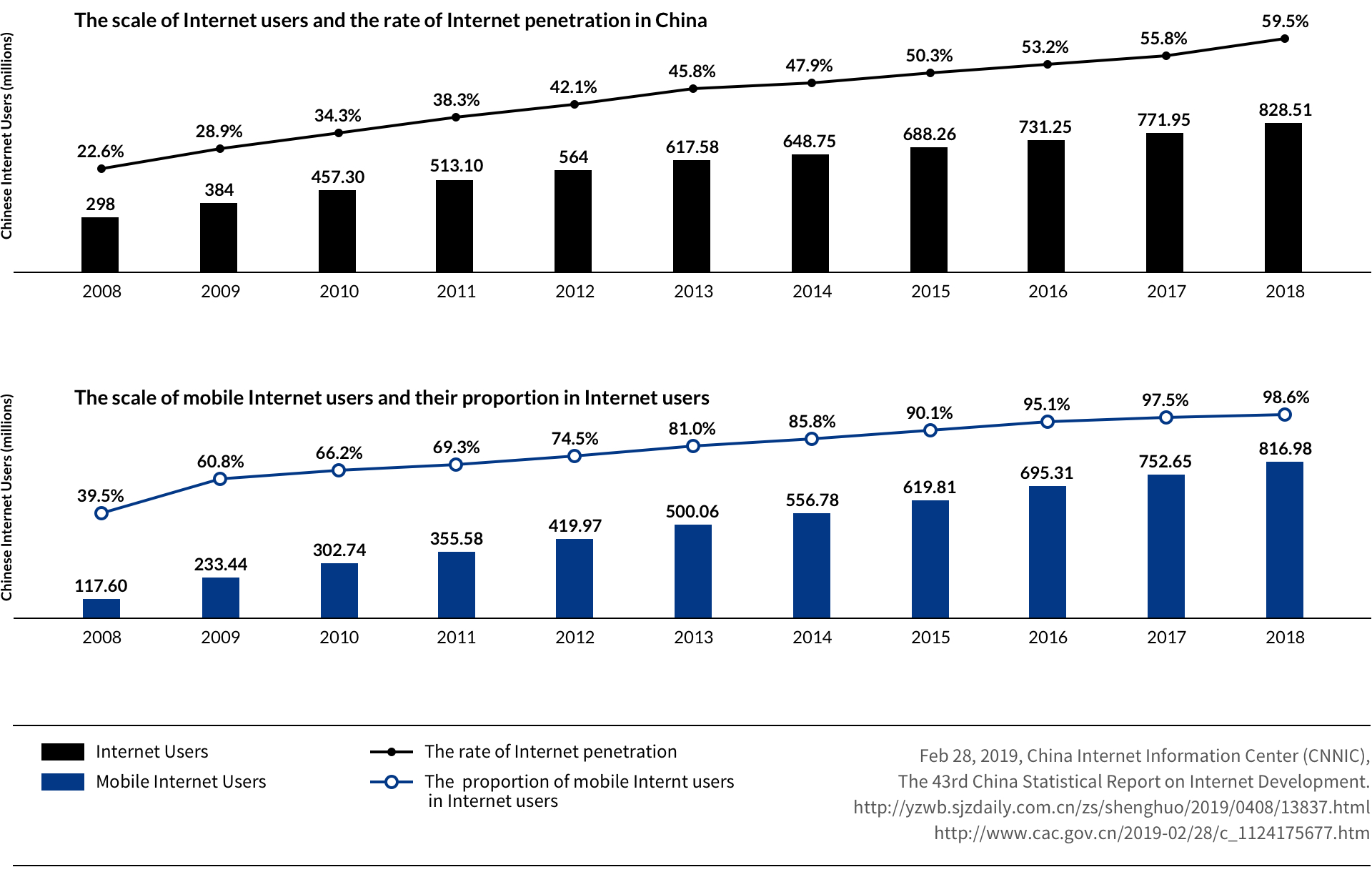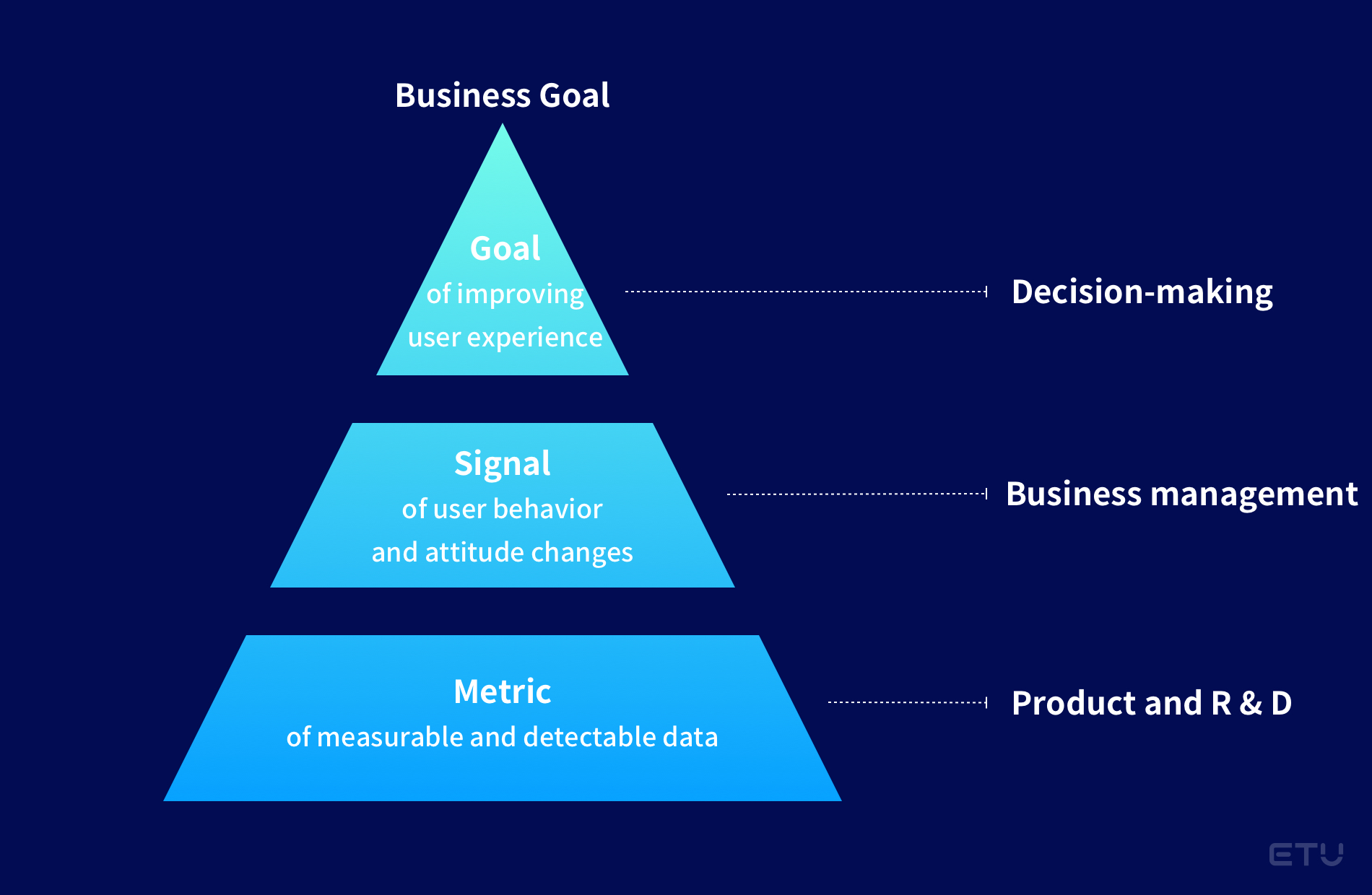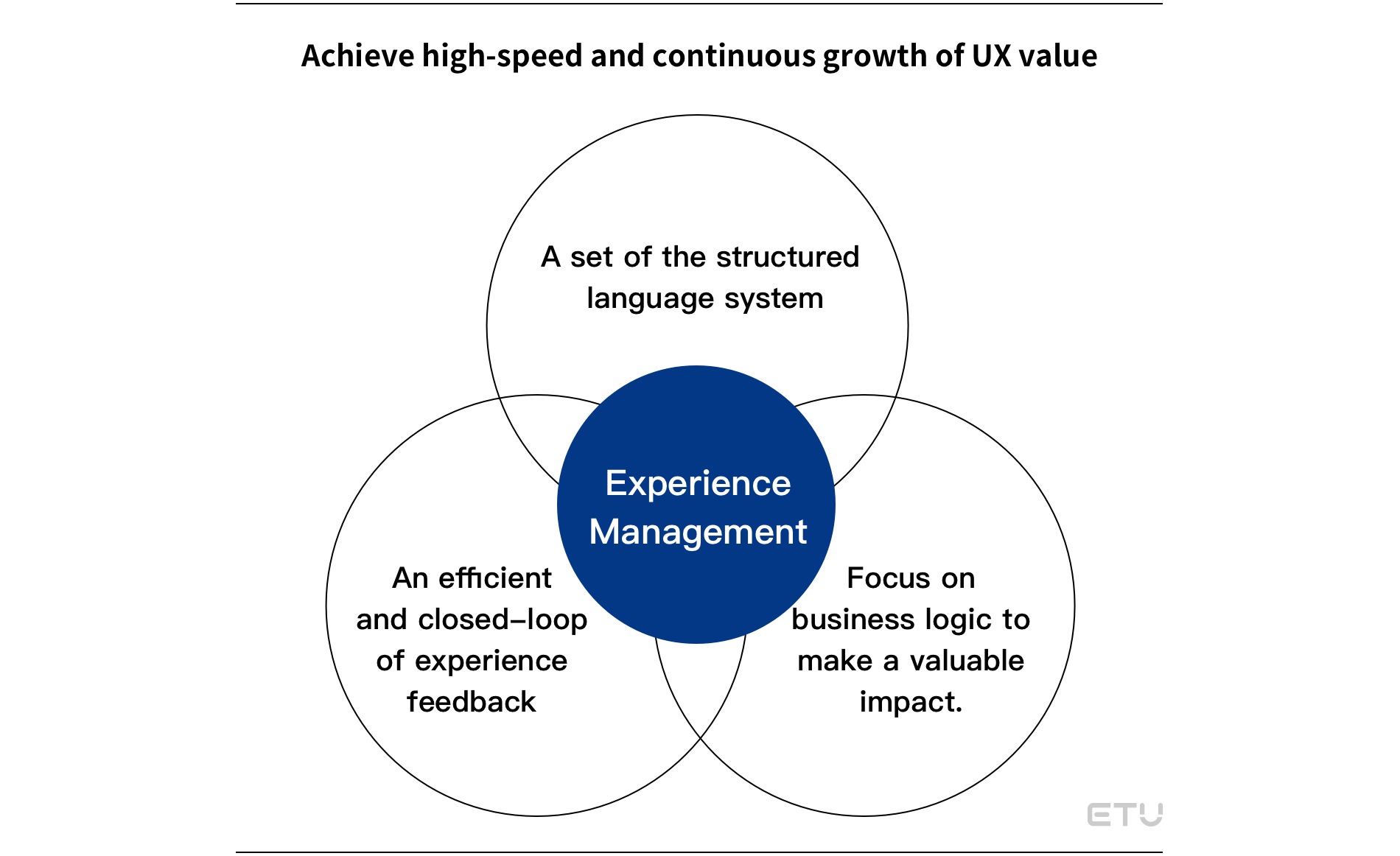Zhang Ting - Vice President of Research
2019.07.06
For experience management (XM), enterprises firstly need to build an efficient and closed-loop of experience feedback and split the experience data to meet the different needs of each position. Users pay more attention to the overall experience, so XM should focus on the entire enterprise architecture.
From user experience quantification to XM, how to form a good knowledge system is our wisdom to realize the value enhancement of user experience (UX).
In February 2019, the China Central Network Information Centre issued the 43rd China Statistical Report on Internet Development. According to the report, China has 829 million Internet users. Mobile netizens accounted for 98.5% of the total netizen population.
Almost all the population of Internet-age have become mobile Internet users, and the demographic dividend is gradually disappeared, but the systematically digital thinking of enterprises is just beginning.

The reduction of demographic dividend means enterprises are facing with the increasing cost of attracting new users, so that the enterprises begin to look at opportunities from existing users. Many authoritative organizations have verified that excellent user experience can help enhance business value and retaining existing users, to reduce their loss.
UX Quantification:the self-exploration of UX value
Over the past decade of UX entering China, UX practitioners are trying to use various methods to enhance the value of UX, as well as demonstrating what UX can bring to the business. Therefore, user UX quantification has always been a trending discussion in the UX field.
However, the development of UX quantification in China is still limited by many factors, facing the dilemma of low value in business. Many user researchers complain that UX measurements and user behavior analysis cost a lot of time, but other teams still say the result of the research is not what they need.
To solve this problem, we need to reconsider the role of UX in business architecture. Although many companies acknowledge the importance of UX to improve loyalty and advocacy, maintaining high standards in the competitive market is a lot harder than it seems. UX team isn’t a department to ask users how satisfied with each touch-point along their customer journey.
We have to upgrade our work of UX quantification to XM, which means UX have to understand business objectives and the requirement of R&D or other departments, to form an efficient and comprehensive XM mechanism.

XM: the high-speed growth of UX value
UX will be the bridge between enterprise, products, and users. XM will not only help enterprises to receive feedback efficiently but also create better internal collaborations in user research, business trend research, which will enhance the value of UX fundamentally.
Based on our experience in projects, we believe that XM will continue to promote enterprise value through the following three aspects:
1. As a better communication language.
People in different enterprise roles and levels would have different understand and requirements of UX research. XM can be a set of the structured language system, to split the result of UX research in several ways according to the goals of different roles. In this way, XM can ensure that all levels within the enterprise can achieve the objective data they needed.

2. Build an efficient and closed-loop of experience feedback.
Users value the integrity and coherence of services across different channels. If any part of the process makes users feel that the experience is not good enough, or their goal is not well achieved, it will leave an impression of poor UX for the brand.
Therefore, the work of the UX team not only focuses on the experience of product interaction but also the user experience in multi-channel and the full journey. After completing the collection of user feedback, it is necessary to effectively deliver these feedback to relevant teams, to form an effective experience feedback mechanism, and eventually become a closed loop of experience and business feedback.
3. Focus on business logic to make a valuable impact.
The experienced team is the bridge between the enterprise and the user and can see the real situation of user feedback in the market. Therefore, the UX team must understand the user's views, concerns, and satisfaction from the user's behavior data.
Consequently, based on these data, the UX team can timely make adjustment suggestions to the company's development strategy, and these data can also verify whether the company has met the needs of users and looked for opportunities for continued growth.

E.E.A.S.Y.: ETU Experience Administration System
Customer Experience has grown its impact in measuring a company’s market share. To fuel and support a company’s long term growth and success, the innovation of a customer XM system becomes the key, to better align with their customer’s satisfaction.
E.E.A.S.Y. is short for ETU Experience Administration System. It’s a program designed to help a business to better generate growth and success, mainly oriented to large enterprises with complex product systems.
Through UX Diagnosis, UX Monitoring, Procedure Mechanism, Methodology Empowering, the E.E.A.S.Y. program will help a company to dynamically receive customer feedback to business and their product or service, validating the transaction efficiency from customer experience (CX) to business growth in a long term, and establishing CX R&D troop with proper team structure and delivery workflow.
E.E.A.S.Y. program aims to maximize CX impact by empowering businesses to deconstruct CX into a measurable UX action plan in their product ecosystem.